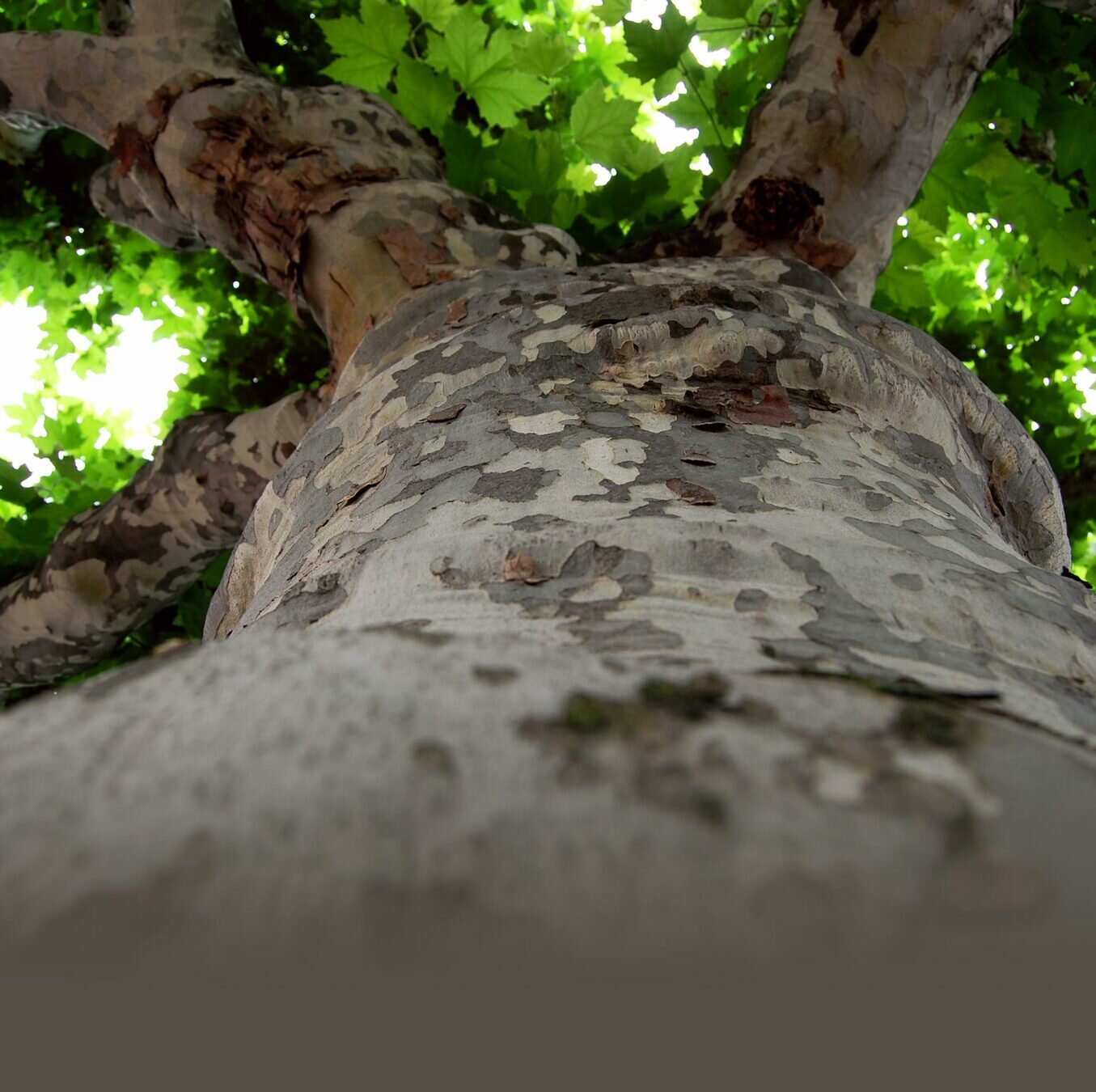Rivanna Trails Foundation


2023 Jan 18, Strategic Planning Meeting
timeline
| 4:00pm | 15min | Intro, Finding Lost Board Members |
| 4:30pm | 45min | Single/Multi Track |
| 5:15pm | 45min | Enabling Volunteers |
| 6:00pm | 60min | Food and Off-topic Chat |
| 7:00pm | 45min | Maintenance / Paid Staff |
| 7:45pm | 15min | Wrap-up |
Goals
Alignment on the board around big-picture direction.
A list of long-term action items with a realistic plan for how to achieve them.
Rivanna Trails foundation
The mission of the Rivanna Trails Foundation is to promote, create, and protect pathways, trails, and greenways in the Rivanna River Watershed that connect communities and people to one another and to nature. (2017)
ACTION ITEM: Define some different types of trails around the loop with photos. What is "too narrow". What is "too wide".
ACTION ITEM: Create a map with "mowable" sections by difficulty so we can discuss. Identify some low hanging fruit for fixing sections of trail that are below our standards. (note: Todd has some sort of document already that might be a good starting point)
ACTION ITEM: Make a list of everyone we need to connect with at city/county. Attach a board member to each person to make sure they have a point of contact and know about the RTF.
Incomplete Action Items from
2017 Strategic Meeting:
1. Single-track vs multitrack
As an organization, when do we support multi-use trails at the expense of single-track trails?
2. enabling volunteers
Volunteers currently do not lead projects or work parties and do not have access to the shed.
Proposing a new group, separate from Trail Adopters. "Trail Leaders".
3. maintenance priorities
Are we dropping the ball on maintenance? What can we change to make sure the trail is reliably accessible year-around?
Proposal to significantly increase fundraising in order to hire part-time staff?
1. Single Track vs shared use
2017: The RTF is focused on promoting and advocating for a Trail Network which includes multiple different types of trails where appropriate. When goals for footpath and greenway style trails are in conflict, RTF is in a good position to help arbitrate on a case-by-case basis.
RTF supports and advocates for "braided" footpath and greenway trails whenever possible, running roughly in parallel.
Q: Do we / should we have any formal preference for "rustic trails" over paved shared-use paths?
Q: As an organization, when do we support multi-use trails at the expense of single-track trails?
2009
Initially adopting Appalachian Trail standards, the Rivanna Trail loop was formed primarily as a rustic pedestrian path that emphasized natural routes where possible and the preservation of flora and fauna. Over the years, especially during the latter half of the 2000s, the RTF recognized a large unmet need in our region for multiple use paths that could be used by walkers as well as people with disabilities, children in strollers, and bicyclists. Moreover, although the original Rivanna Trail was formed with recreational use in mind, it became clear that trail corridors such as the Rivanna Trail loop could serve the growing demand for commuter trails and links between neighborhoods and recreational facilities. The RTF is in a unique position to advocate for and foster the development of this broader view of trails. Thus, while retaining our roots in the tradition of the rustic footpaths and continuing to favor their presence in most cases, we are now also embracing and promoting the development of corridors that may include multiple use trails where appropriate.
2. enabling volunteers
Volunteers currently cannot lead projects or work parties and do not have access to the shed.
Trail Adopters: Adopt a section of the Rivanna Trail. Trail Adopters walk their section periodically, clip vines and roses, mow grass, pick up branches, make minor repairs, and generally keep the trail open.
Proposing a new group: Trail Leaders
This group would have access to the shed and be on a new e-mail list (rtf-trails@?) for discussing projects.
Requests from groups for off-schedule work days would go to this group, and a Trail Leader would be able to lead that work if available.
Other projects would include grant writing, photos, design, booths, etc.
2. enabling volunteers
Q: Does this actually get volunteers more involved, or just create management headaches?
Q: Would this be better as a "non-RTF" group, e.g. combining across CAMBC/RTF?
Q: Assuming we like this idea, what training and onboarding would be needed for new Trail Leaders? Semi-regular "Training" / attend a certain number of work days? Other qualifications?
3. maintenance Priorities
- Are we dropping the ball on maintenance? When / why does this happen?
- Trail Adopters don't give reliable/regular feedback on how their section of trail is doing.
- We voted to pay for mowing, but got bogged down in debate over what sections to mow and it never happened.
- What kind of funding would be needed to hire a part-time staffer who could help us keep on top of all the maintenance management?